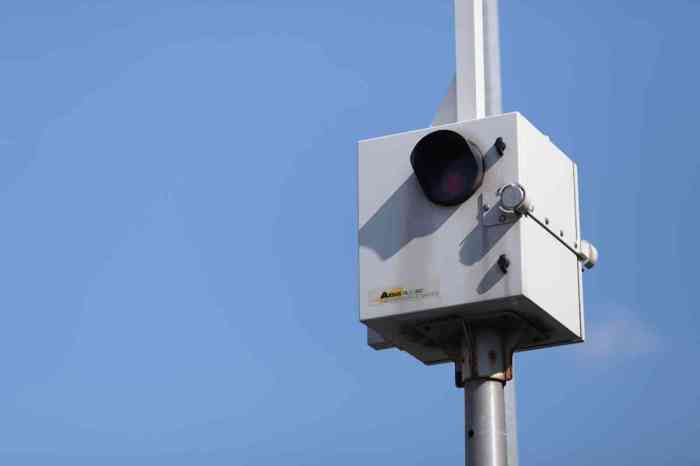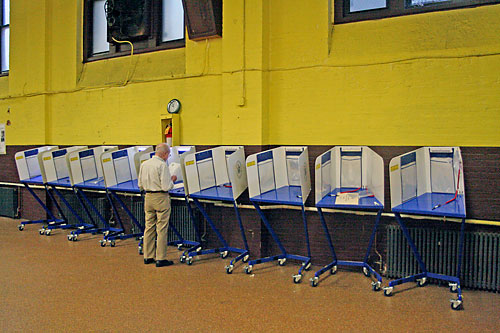The rapid reduction in COVID-19 continues across New York City, as evidenced by the latest city Health Department data which revealed that just eight communities in the five boroughs exceeded a seven-day positivity rate of 5 percent.
Citywide, the seven-day positivity rate on April 30 stood at 2.86 percent. That’s nearly half the rate it was just 13 days prior, when on April 17, the city’s Health Department cited a citywide average of 5.06 percent.
With more than 6.5 million doses of the COVID-19 vaccine administered thus far, it’s apparent that the inoculation is making a real impact in reducing the spread of the virus even after earlier fears that different, more contagious strains of the illness would propagate another surge in cases.
At this point, no surge appears imminent. Communities which as recently as mid-April had COVID-19 positivity rates exceeding 10 percent have seen the rate of infection plunge by almost half.
Highest positivity rates
The Flushing/Murray Hill/Queensboro Hill area of Queens (ZIP code 11354) again has the highest 7-day COVID-19 positivity rate — but over the last two weeks, it’s significantly decreased. As of April 12, the rate stood at 10.69 percent, but for the period between April 23-29, the rate was down to 6.18 percent.
Seven other areas of the city had registered 5 percent or higher seven-day positivity rates between April 23-29 – three of them in Brooklyn: Cypress Hills/East New York (11207, 5.43 percent), Sunset Park (11220, 5.39 percent), and Gravesend/Homecrest (11223, 5.26 percent). Other areas with 5 percent or higher seven-day positivity rates included Richmond Hill, Queens (11418, 5.69 percent), Charleston/Prince’s Bay/Woodrow, Staten Island (10309, 5.55 percent); and and Tottenville, Staten Island (10307, 5.18 percent).
Highest number of new infections
As for the highest raw number of new COVID-19 infections, two areas of Cypress Hills/East New York occupy the top two spots in the city. Between April 23-29, the 11207 ZIP code registered 183 cases, while the 11208 ZIP code logged 150 infections — a combined 333 cases.
Yet that number was still 21.6 percent fewer than the tally recorded between April 13-19, when the 11208 ZIP code had 257 cases and 11207 ZIP code had 168 infections — a combined 425 cases.
Brooklyn areas dominated the top 10 list of highest total infections between April 23-29. Along with Cypress Hills/East New York, the other areas of the borough on the list include Sunset Park (11220, 147 cases); Ocean Hill/Brownsville (11212, 123 cases); Gravesend/Homecrest (11223, 117 cases); Flatbush/Prospect Lefferts Gardens (11226, 108 cases); and Canarsie (11236, 104 cases).
Manhattan continues to have the fewest new COVID-19 cases in the city, with seven areas logging three or fewer cases total between April 23-29. The Financial District (ZIP codes 10004 and 10006) and Battery Park City (ZIP codes 10280 and 10282) each had a combined three cases.
Two ZIP codes outside of Manhattan — City Island, Bronx (10464) and Douglaston/Little Neck, Queens (11363) each had just one COVID-19 case.
The steep reduction in COVID-19 cases indicated in city’s Health Department data seems to be confirmed through state Health Department figures announced on Sunday.
Statewide stats
New York’s statewide seven-day positivity rate, as of May 1, was down to 1.49 percent — with New York City registering a 1.78 percent rate. Of the 2,849 new positive cases reported on May 1, 1,304 of them (45.7 percent) emanated from the five boroughs.
The reduced statewide positivity rate, according to Gov. Andrew Cuomo, is the lowest figure since October 2020. Hospitalizations, intensive care admissions and intubations are also continuing to drop.
Even with the slowing spread of COVID-19, the virus continues to kill people. Another 33 New York state residents died of the virus on May 1 — including four in the Bronx, six in Brooklyn, one in Manhattan, eight in Queens and two on Staten Island.
This story first appeared on AMNY.com.






















